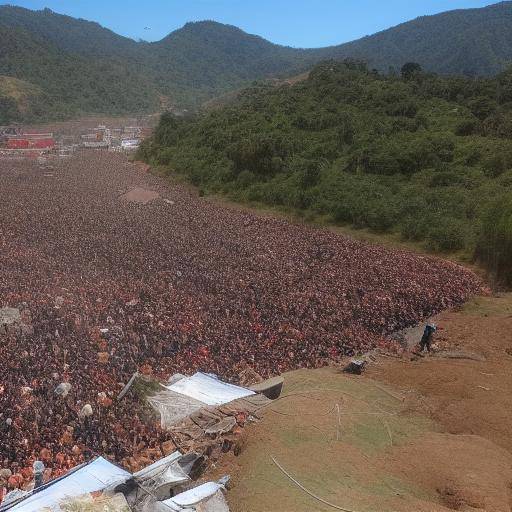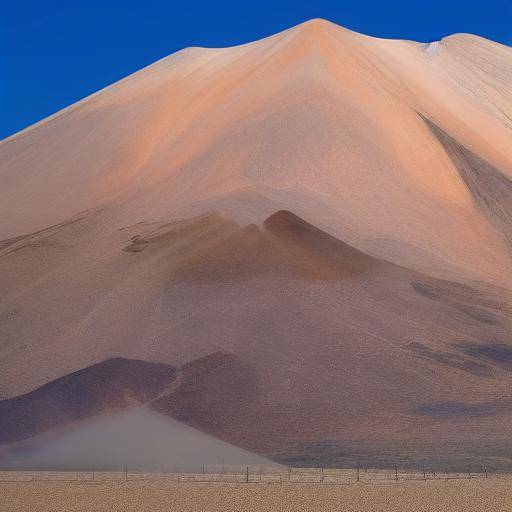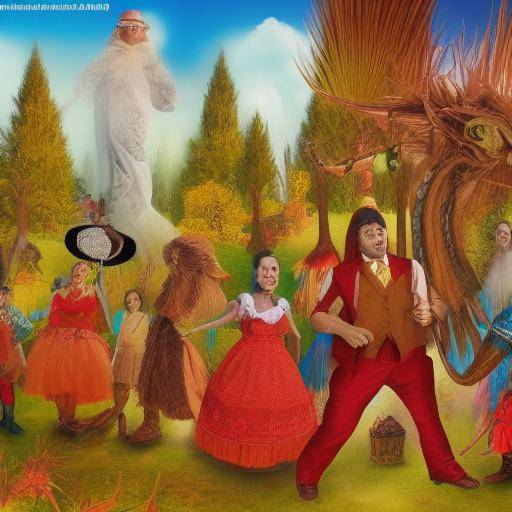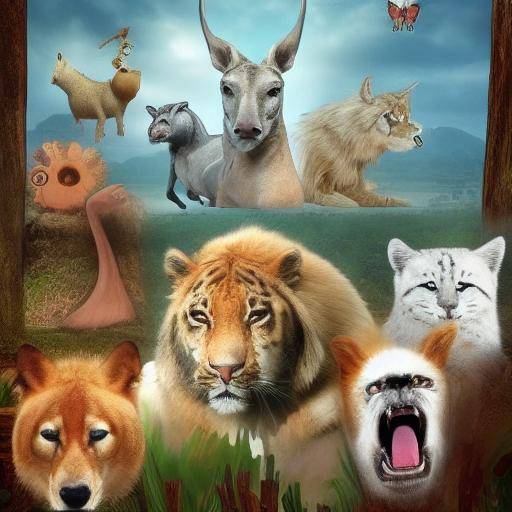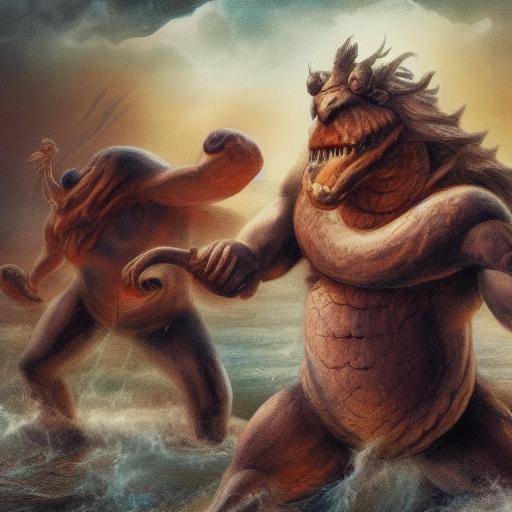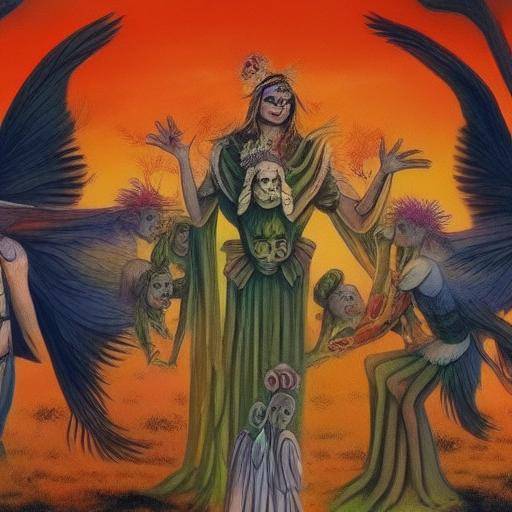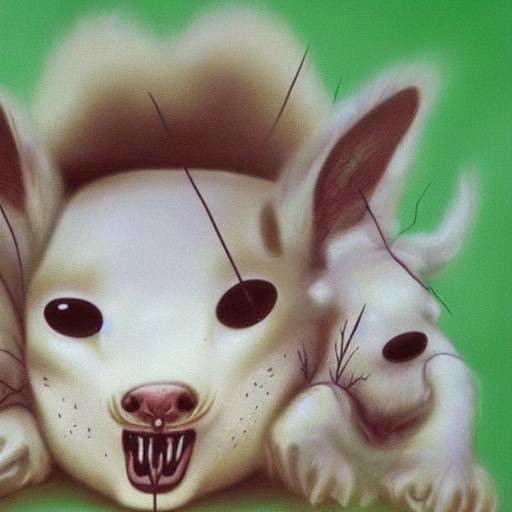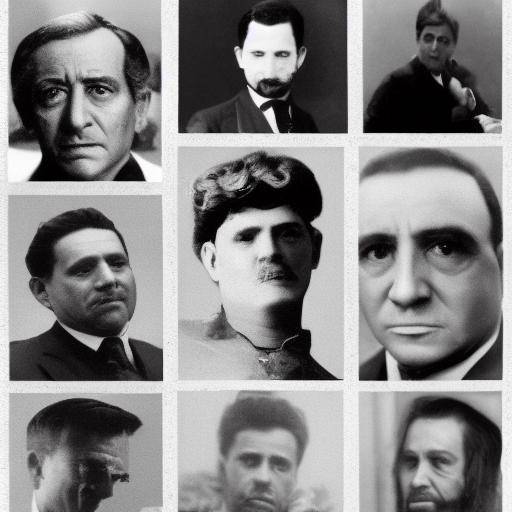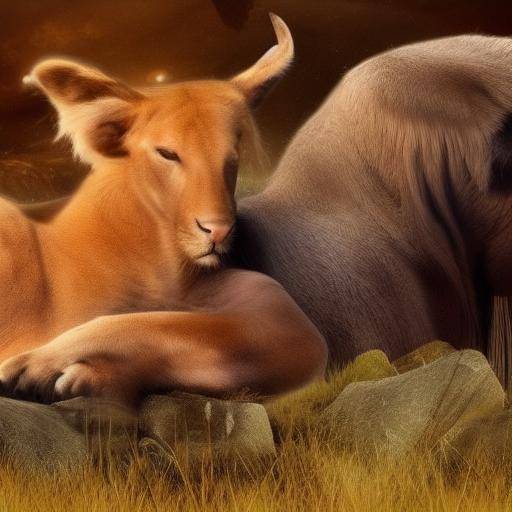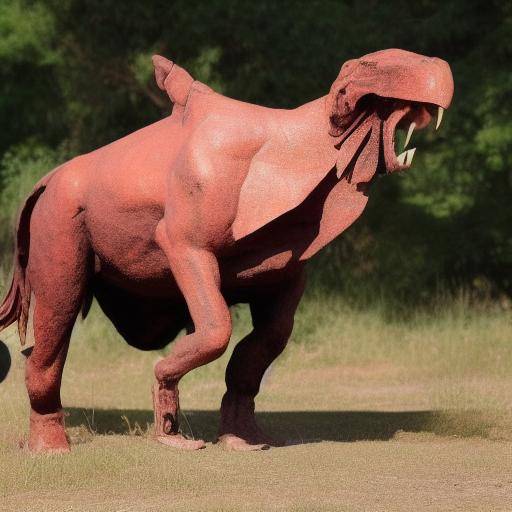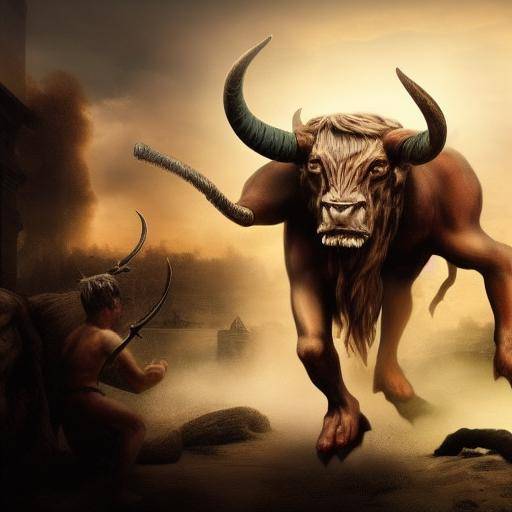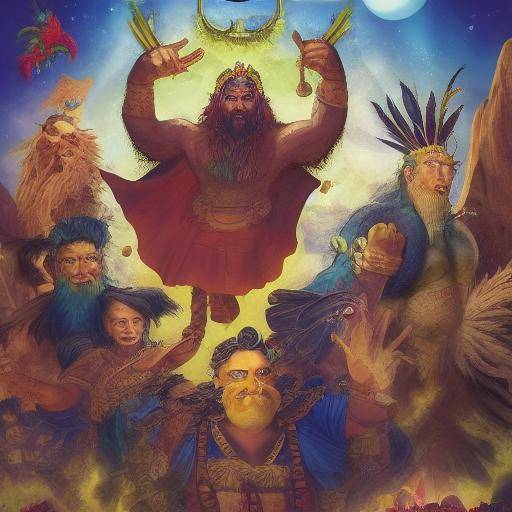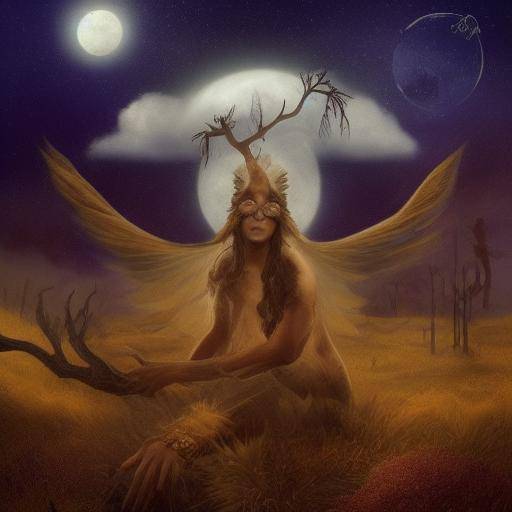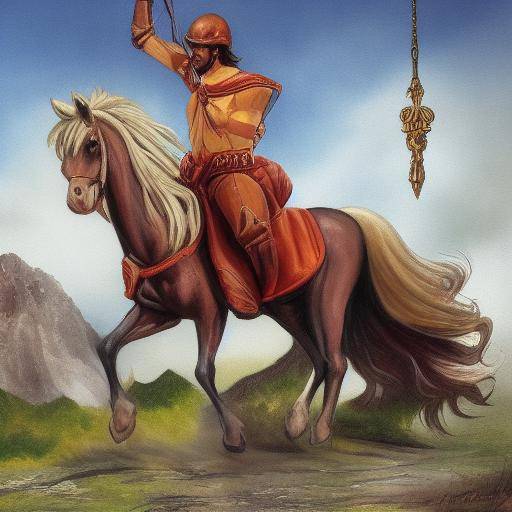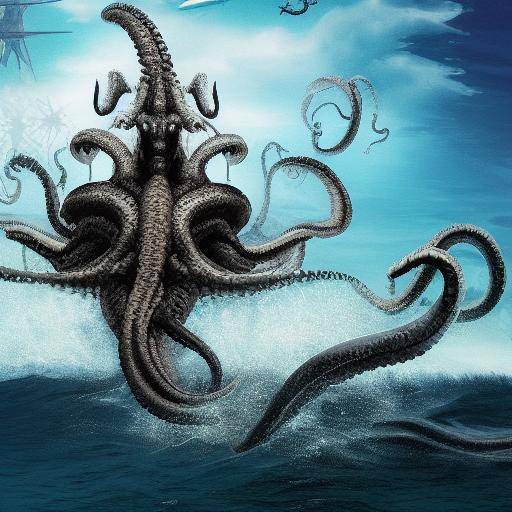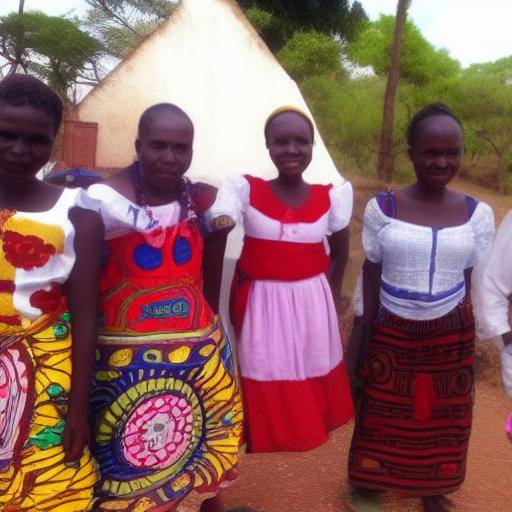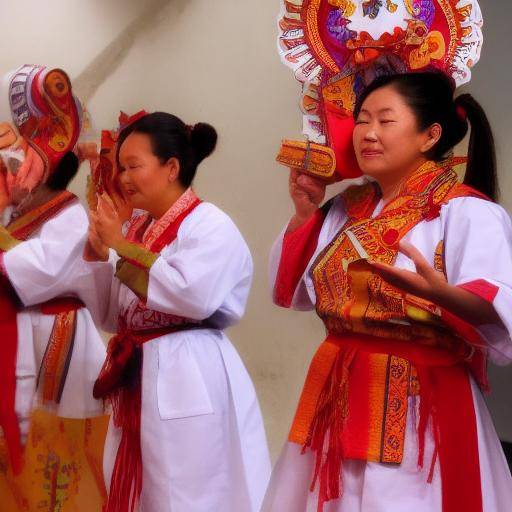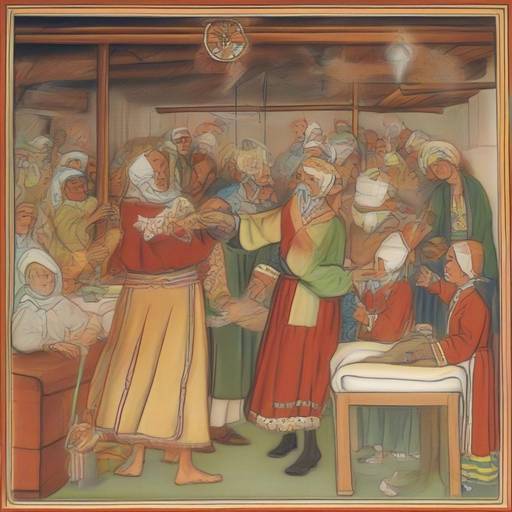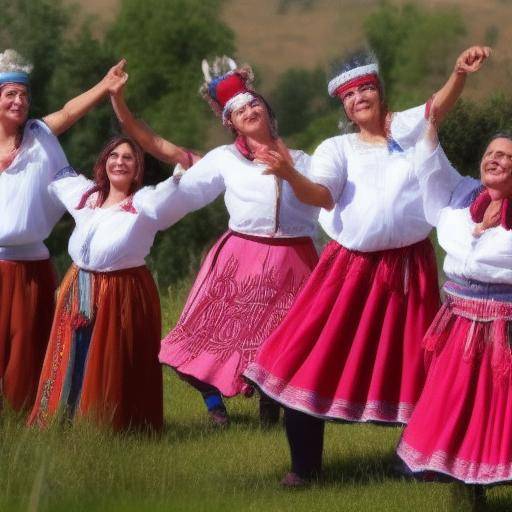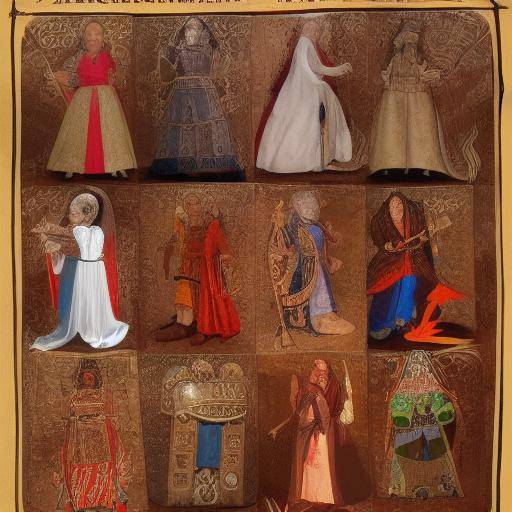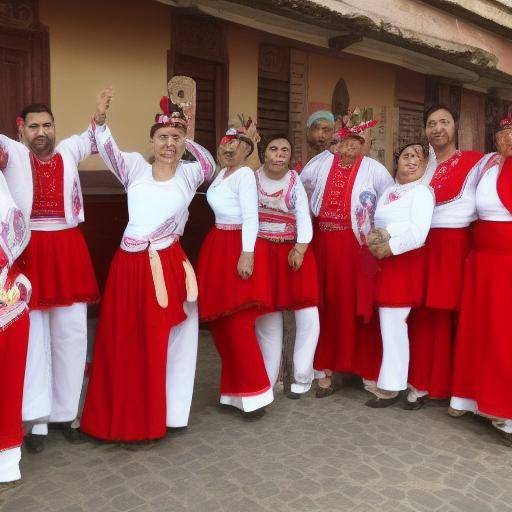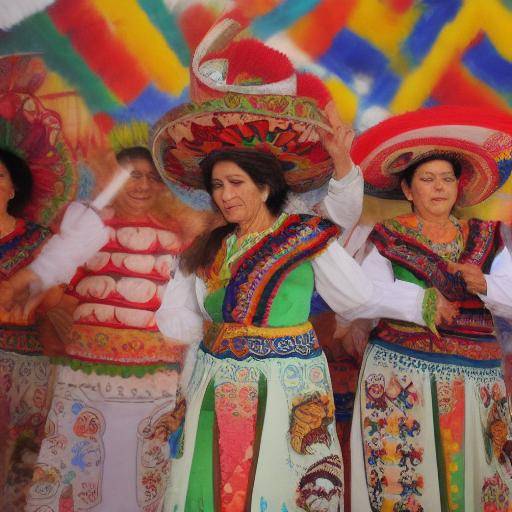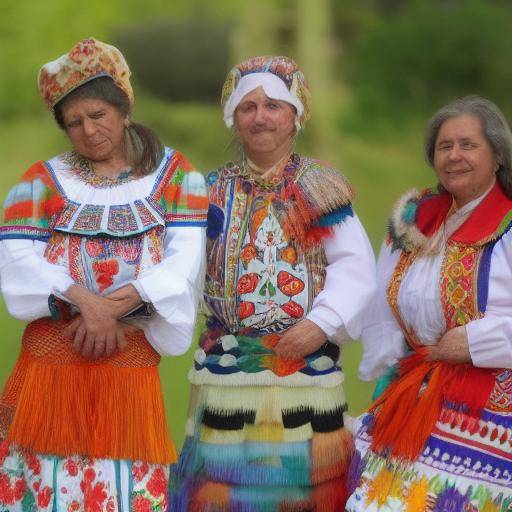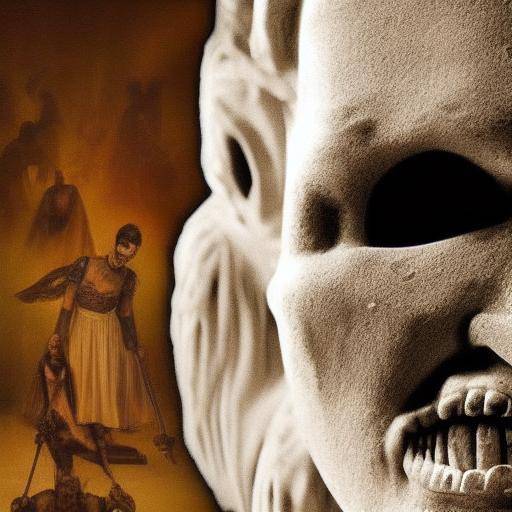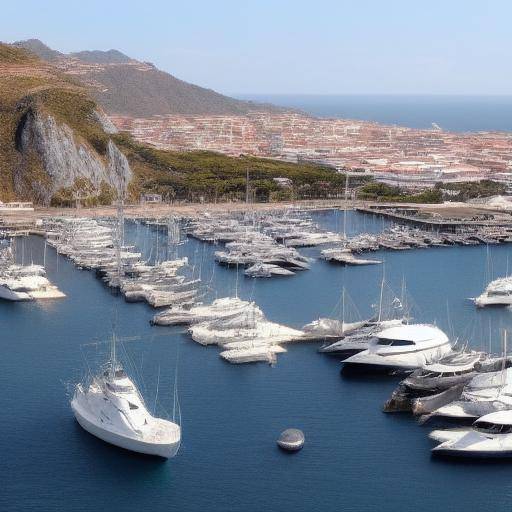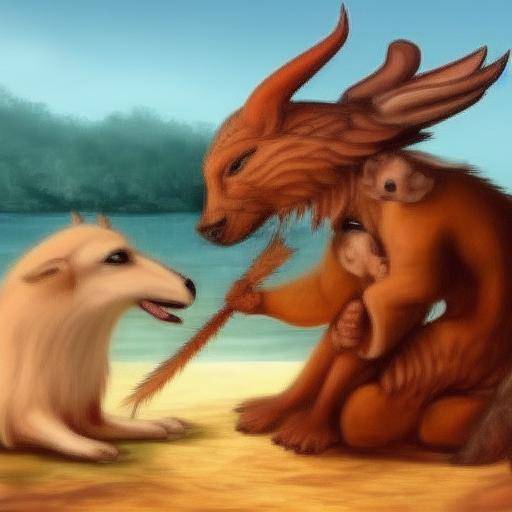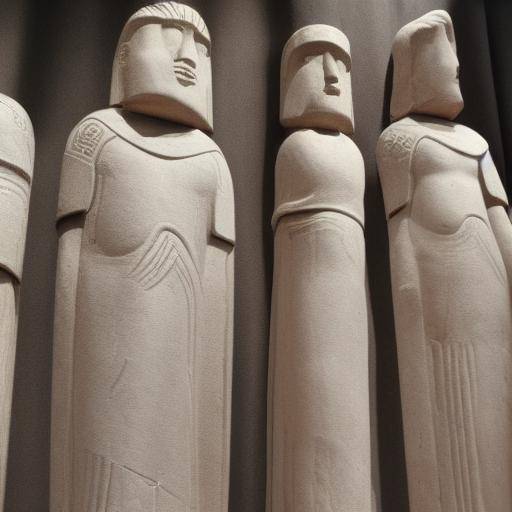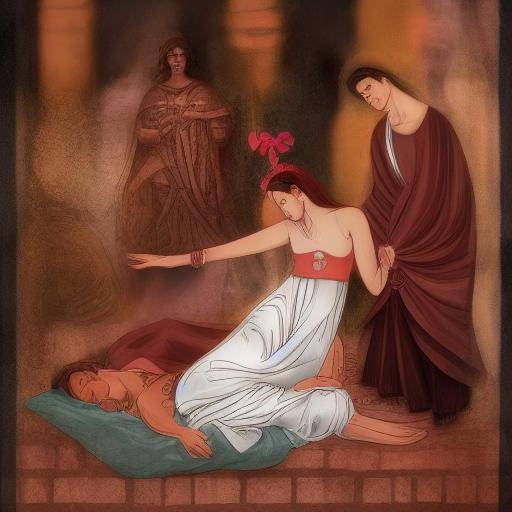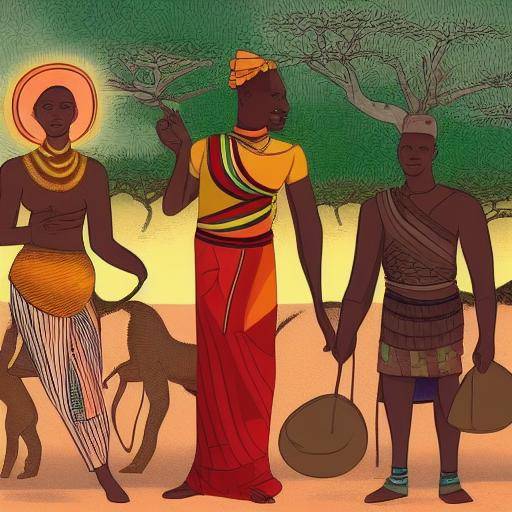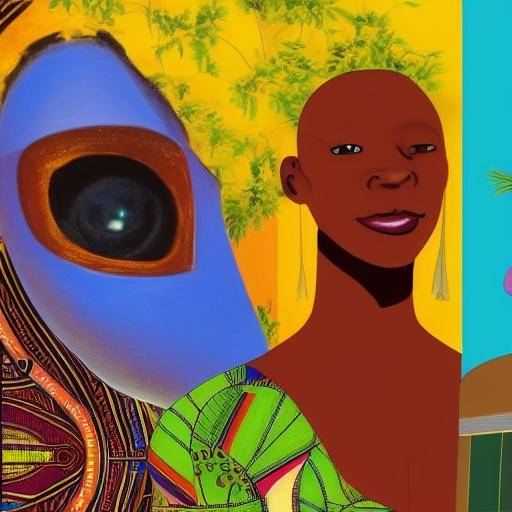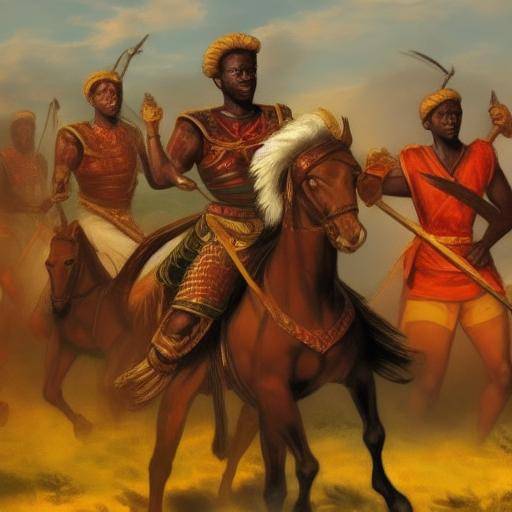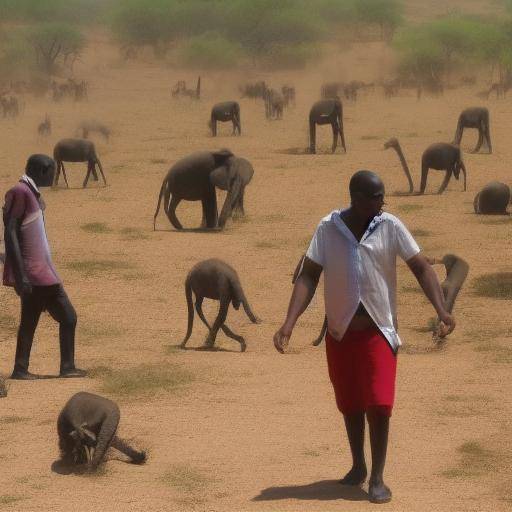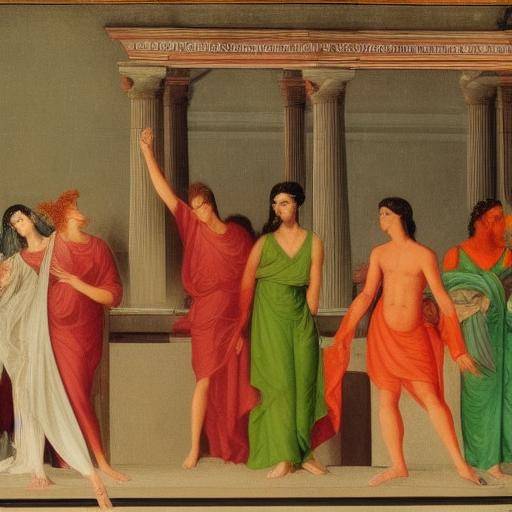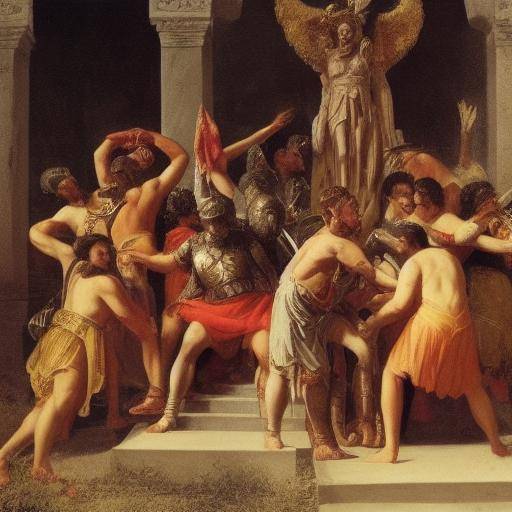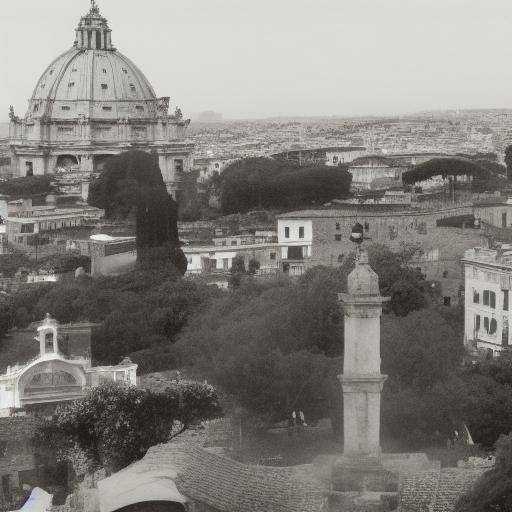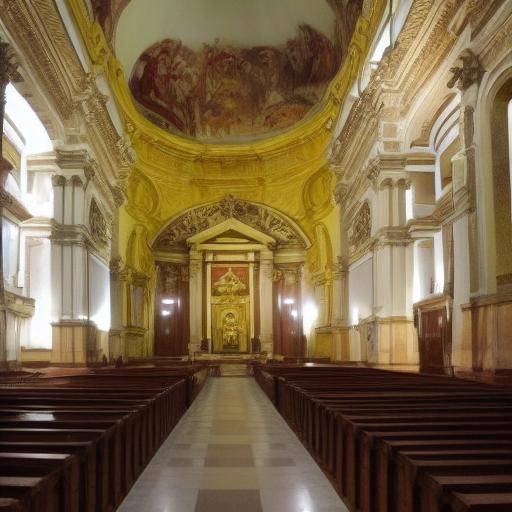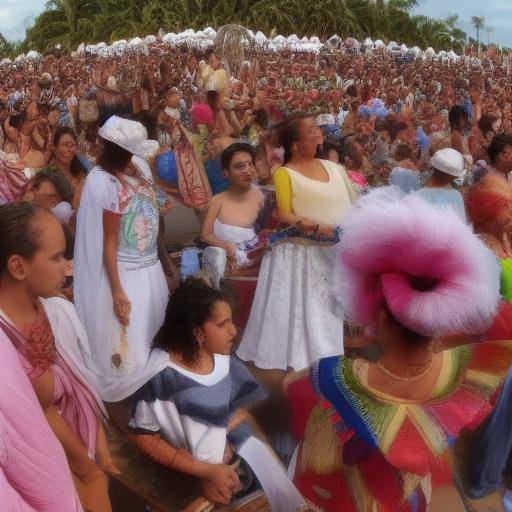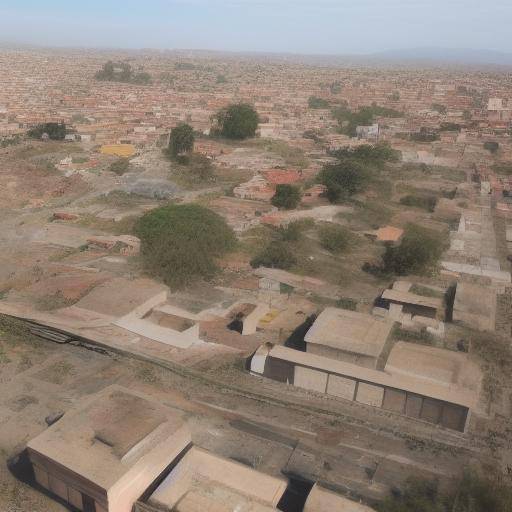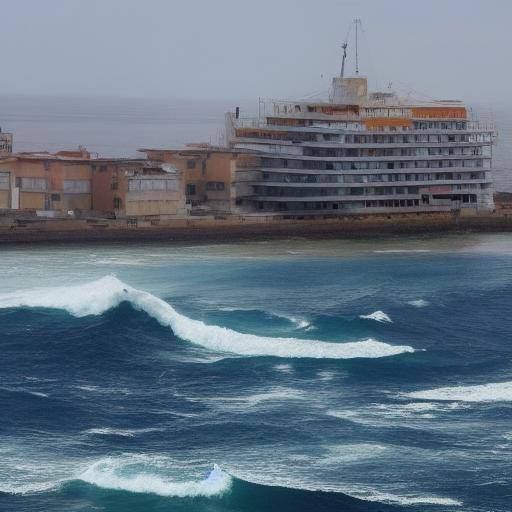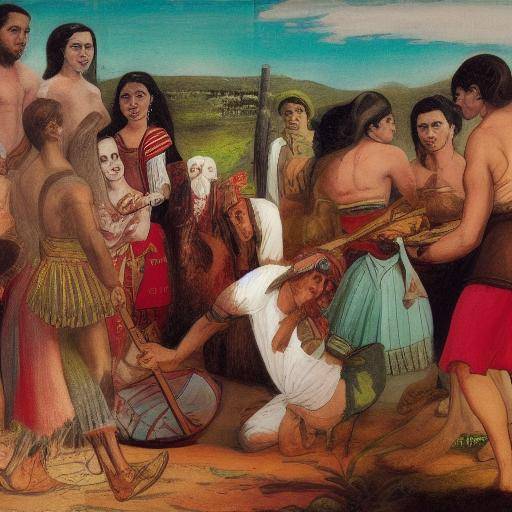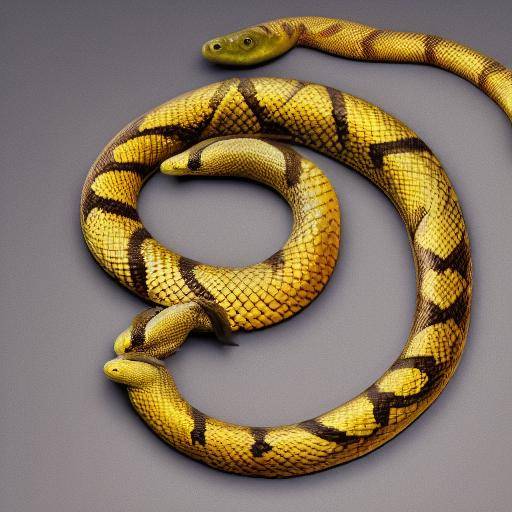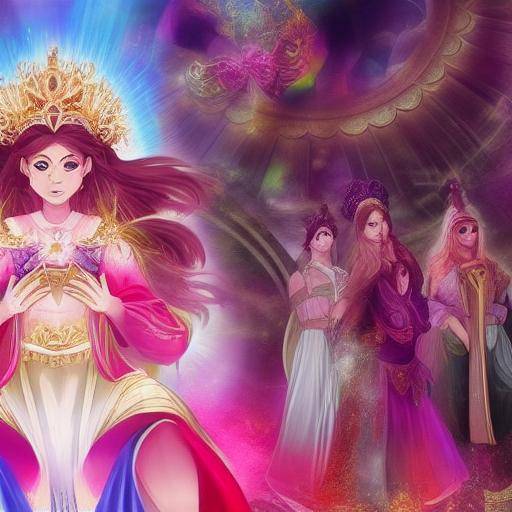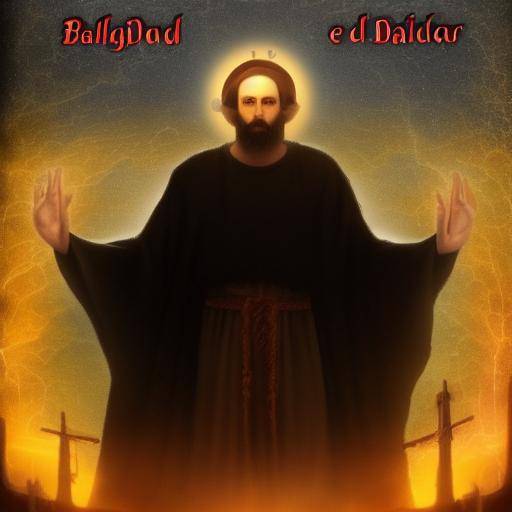
Celtic mythology is a fascinating world of deities, legends and natural phenomena that have captivated stakeholders and scholars for centuries. In this article, we will explore the fundamental role that nature plays in Celtic mythology, plunging us into their myths, beliefs and influence they have had in Celtic culture and beyond.
Introduction
Since time immemorial, nature has played a central role in Celtic beliefs and traditions. The interaction between the ancient Celts and the natural environment around them led to a rich and complex mythology, where the earth, water, fire and wind were personified in deities, giving meaning and meaning to everyday life. Throughout this article, we will explore how these natural elements intertwine with Celtic mythology, enriching their worldview and their spiritual practices.
History and Background
Origins of Celtic Mythology
Celtic mythology has its roots in the ancient Indo-European cultures that populated Western Europe from the second millennium before our era. The Celts, skilled warriors and merchants, had a close relationship with nature, which is reflected in their pantheon of gods and goddess.
As the Celtic tribes moved across Europe, their cosmovision intertwined with local beliefs, leading to a rich and diverse mythology that incorporated elements of the lands they inhabited. This fusion led to an extensive repertoire of deities related to the cycles of nature, elements and atmospheric phenomena.
Development and evolution
Celtic mythology evolved over the centuries, adapting to the cultural influences they found on their way. Over time, Celtic stories and myths began to be recorded by writers and scholars, thus preserving a legacy that continues to resonate today.
The arrival of Christianity and the subsequent conversion of Celtic lands brought with it the suppression of many of these ancient beliefs, but Celtic mythology resisted oral traditions and certain aspects of the culture and spirituality of local populations.
Deep analysis
Meaning of Nature in Celtic Mythology
Nature, for the ancient Celts, was not simply an environment in which they lived, but was seen as a sacred entity, inhabited by spirits, gods and goddess who ruled over it. The forests, rivers, mountains and valleys were seen as places of power and mystery, where the divine manifested itself on the earth itself.
Celts worshiped a wide range of natural deities, each associated with a particular aspect of nature, from turbulent waters to fruitful fields. These deities were worshipped and honored through rituals and festivals that marked seasonal changes and agricultural cycles.
The Duality of Nature in Celtic Mythology
Celtic mythology reflects a profound understanding of the duality inherent in nature. Celts believed in the interconnection of opposites: life and death, light and darkness, growth and decay. This dualistic vision manifested itself in its deities, with both benevolent and dark representations, which embodied the complexity of the natural world.
Duality is also reflected in Celtic holidays, where both fertility and abundance were celebrated, as well as death and renewal. This balance between opposites was rooted in the Celtic cosmovision, symbolizing the harmony and the constant cycle of life.
Comprehensive review
Modern applications of Celtic Mythology
Although Celtic mythology has its roots in antiquity, its influence persists today, transcending borders and being a source of inspiration for contemporary art, literature and spirituality. Their deep connection with nature has awakened a renewed interest in ecological practices and the preservation of natural spaces, as many seek to reconnect with the earth and honor the ancestral teachings of the Celts.
In the News and the Future
Celtic mythology and its approach to nature continue to resonate in collective consciousness, offering a unique perspective on the relationship between humans and the natural environment. As we face unprecedented environmental challenges, the Celtic wisdom of respect and veneration for nature acquires renewed relevance, providing valuable lessons for sustainability and harmony with the natural world.
Conclusion
The role of nature in Celtic mythology is a deeply rooted history that has endured over the centuries. The richness of their myths, the reverence of natural elements and the profound spiritual connection with the earth have left a lasting mark on the Celtic culture and inspired generations after valuing and preserving the nature that surrounds us.
Celtic mythology invites us to reflect on our relationship with the natural world, reminding us of the importance of honoring and protecting the gifts provided by the earth. As we explore the roots of this ancient tradition, we find timeless lessons of respect, balance and gratitude towards nature, marking its importance in understanding our own place in the universe.
Frequently asked questions
What are the main elements of nature in Celtic mythology?
Celtic mythology is closely linked to nature, highlighting mainly the elements of the earth, water, fire and wind. Each of these elements has its own deities and symbolisms in the Celtic tradition, reflecting its importance in the worldview and spiritual beliefs of the Celtic people.
How have Celtic beliefs influenced contemporary relationship with nature?
Celtic beliefs continue to influence today, serving as a reminder of the interconnection between humans and nature. Many contemporary ecological practices find inspiration in the Celtic reverence of the earth and its focus on balance and harmony with the natural environment.
Are there Celtic festivals that still take place today?
Yes, many Celtic festivities, such as Samhain and Beltane, remain celebrated in various forms today. These festivities mark seasonal changes and natural cycles, promoting the connection with the earth and the recognition of its importance in human life.
How has Celtic mythology been preserved over the centuries?
Despite the influence of Christianity and other historical phenomena, Celtic mythology has been largely preserved through oral traditions, written accounts and its influence on popular culture. His rich mythological tradition has been the subject of study and revitalization in modern times, ensuring his legacy for future generations.
What is the role of natural deities in Celtic mythology?
Natural deities in Celtic mythology represent the manifestation of divinity on earth and personify natural elements and phenomena. These deities play a fundamental role in the Celtic cosmovision, being honored and revered through rituals and festivals that celebrate nature and its influence in human life.
How have Celtic beliefs adapted to the modern era?
Celtic beliefs have experienced adaptations and reinterpretations in the modern era, finding expression in various spiritual, artistic and environmental practices. Celtic wisdom remains relevant, serving as a source of inspiration for those who seek to reconnect with nature and find balance in a modern world.
In short, Celtic mythology reflects deep reverence by nature, transmitting valuable lessons on the relationship between humans and the natural world. His legacy endures as a timeless reminder of the importance of honoring and preserving the land that sustains life, inviting us to reflect on our place in the cosmos and our role as guardians of nature.
Concluding this journey through the fascinating relationship between nature and Celtic mythology, we are confident that these ancient teachings continue to resonate in the heart of humanity, reminding us of the importance of caring for and respecting the natural world around us.
This concludes our journey through the role of nature in Celtic mythology, an experience in which we have explored the interconnection between natural elements, Celtic deities and their influence on culture and spirituality. Without a doubt, this ancient tradition continues to offer inspiration and wisdom today, reminding us of the importance of honoring and preserving the land that sustains us.

